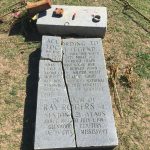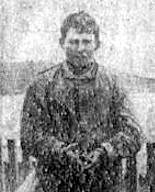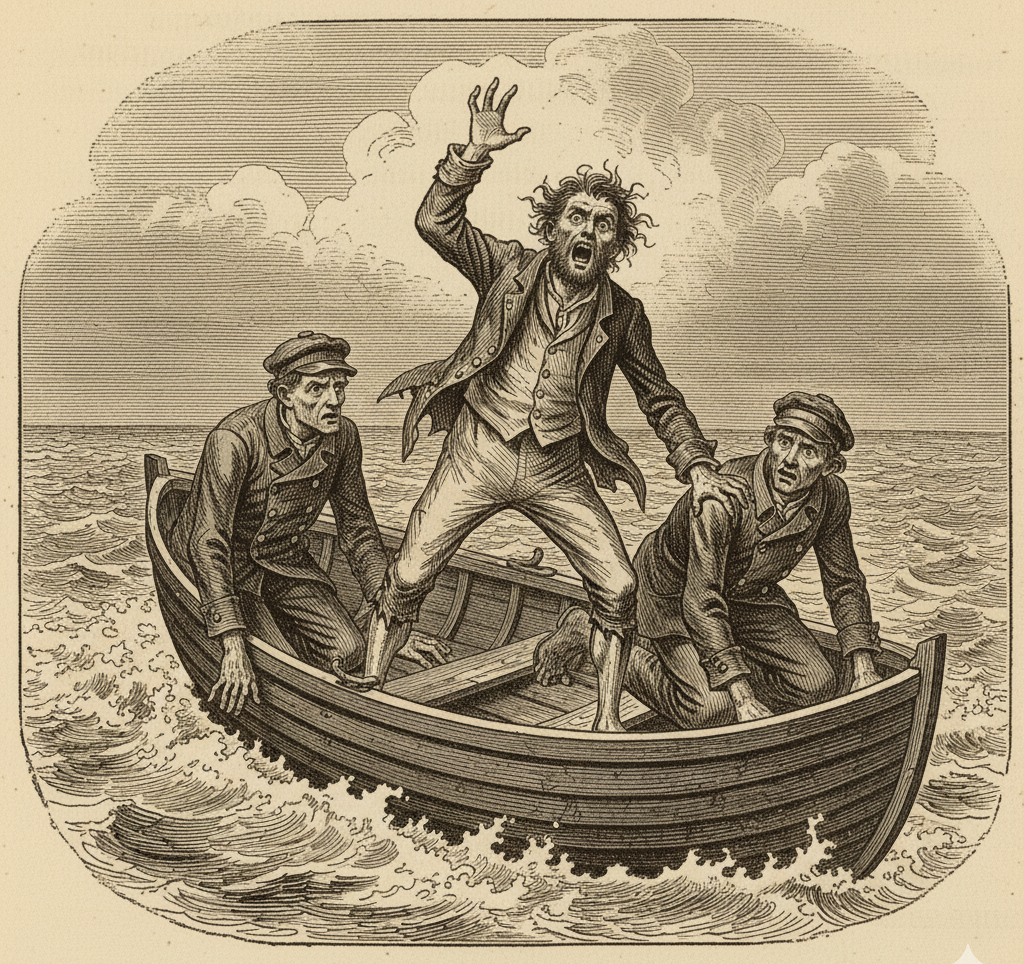On the morning of September 19, 1902, Nome, Alaska witnessed the state’s first legal execution when 26-year-old Fred Hardy was hanged for the murders of three gold prospectors on remote Unimak Island. Hardy, who had a troubled past, never stopped proclaiming his innocence. Hours before his death, he spoke to reporter Mary E. Hart through the bars of his cell. “I’ll return and tell you about death,” he promised solemnly, “if I will be welcome.”
Moments later, Hardy was led to the gallows near the icehouse. Just before the noose was placed around his neck, a reporter took a final photograph of him standing on the scaffold, defiant and composed. Moments later, the trap fell. Hardy’s death was slow, taking nine minutes and forty-eight seconds before the doctors below declared him dead.
Mary Hart, shaken but resolute, returned to her office to write the story. As her pen scratched across the page, the room grew unnaturally still. A crushing weight gripped her throat, as though invisible hands were choking her. “It was as though I were undergoing what that boy must have endured in his last moments,” she later said. The sensation nearly killed her.
For weeks, the haunting continued. Footsteps echoed outside her door at night. She felt icy breath on her cheek, the brush of unseen fingers on her shoulder. Then one day, a friend entered Hart’s room, touched her arm, and shrieked, “My God, Hardy is here!” Speaking in Hardy’s very voice, the girl described the torments of his hanging — details she could not possibly have known.
Mary fled Nome soon after, haunted day and night by the presence she could not escape. Even aboard the ship to San Francisco, she felt watched. “I shall never return to Nome,” she later confessed. “Because I am afraid. He is still waiting for me.”
For more ghost stories, be sure to download the Southern Ghost Stories podcast!







